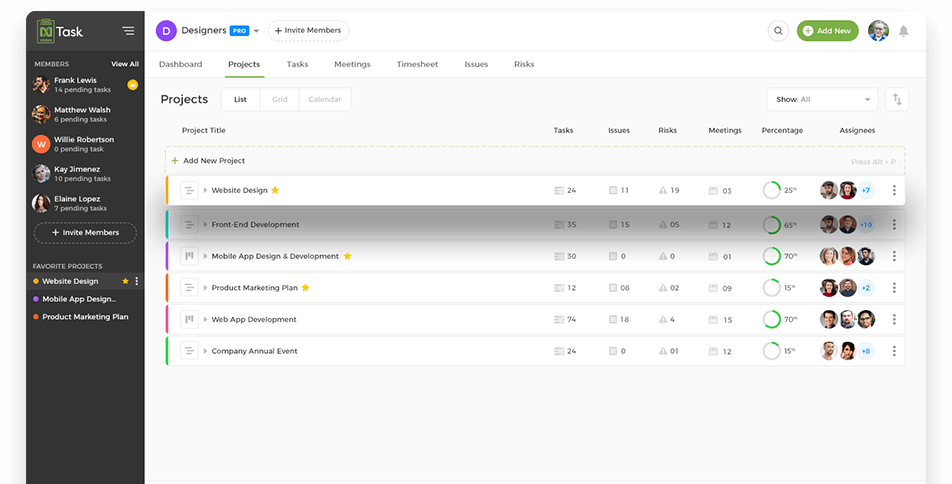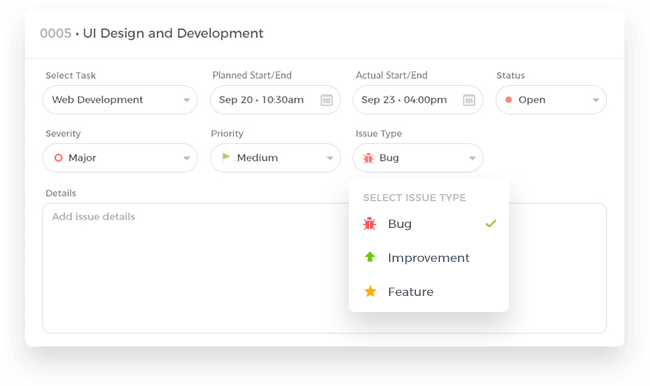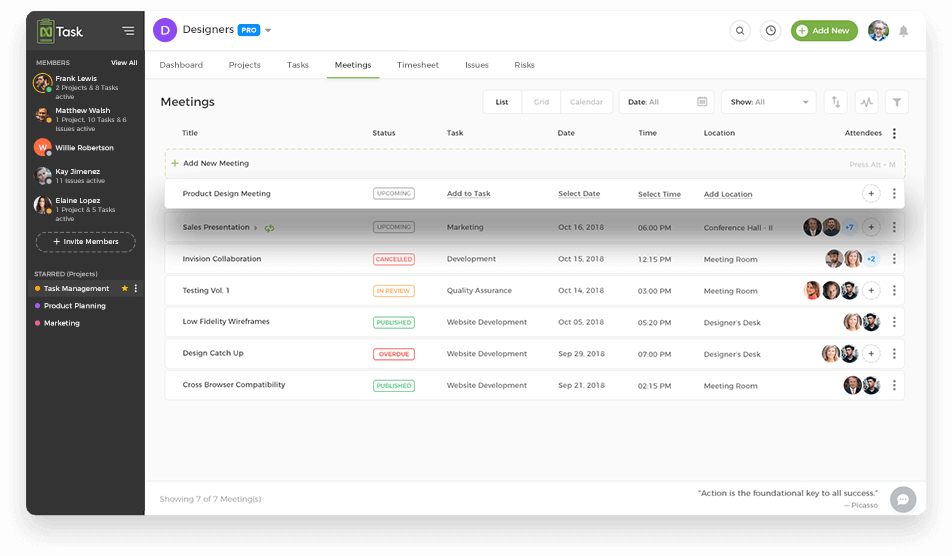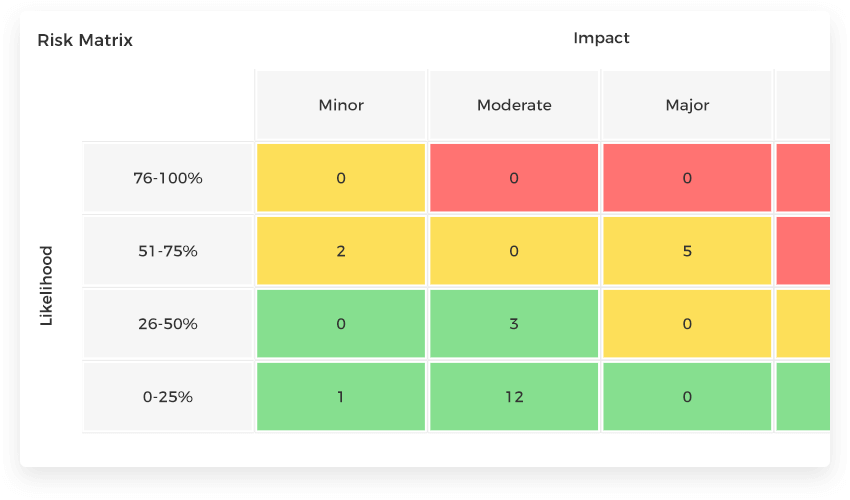With the project management field touching new heights every day, the challenge to excel in it is not only tempting but also great. Achieving project management excellence requires constant effort, which is why running a project without a project management software is a false alarm. Even if it seems like you’ve got everything in control; you haven’t.
It’s a fact that great project management begins by investing in solid project management software. You’re probably thinking about the monetary aspect of it, as it may be expensive in case of most of the robust choices in the market. But the truth is you cannot do without them either. Why exactly?
This is why:
Why Use Project Management Software?
The list of reasons why you should be using a project management software right now is never-ending. The long list can be overwhelming, that’s why let’s just have a look at some of the top reasons why you need it:
1. Formal Documentation

The first and foremost step of any project is to formally document everything. It lays the foundation for effective planning and paves way for the successful execution of a project. The documents of a project can range from the most basic task-level details to more comprehensive budget and expense tracking. Your standard pen and paper or an Excel sheet won’t always work for you. Going for a project management software ensures a well-kept record of data that can be retrieved at any time you want. It also guarantees there’s no information leak during the process.
2. Streamlined Communication

The importance of streamlined team communication during a project cannot be denied. A project management software with a consolidated team communication platform is what you need for smooth team collaboration. Many of the tools come with built-in chat and team discussion forums to make things easy for you. The cross-collaboration among your teammates simplifies your work and helps you smartly keep a check on what’s going around.
3. Automated Workflow

Having a dedicated project management software in place creates a unified workflow of things. It seamlessly integrates all the tools that you use for executing your projects successfully. The automated workflow minimizes the issues that arise with operations and allows us to automate the repeated business tasks. This, in turn, provides you greater insights into your operations and has a huge impact on your overall productivity.
4. Tracking Progress

Manually keep a check on everything and tracking your projects can become a huge challenge without having a systematic aid. This is where you desperately need a project management software. These software make project performance tracking a breeze in terms of handling cost, time, and completion dates. They also play an important role in giving you a heads-up for what needs to be done next in the shape of timely warnings.
5. Transparency and Accountability

To maintain a high level of transparency and accountability, you need a central data repository for your projects. This is exactly what a project management system helps you with. They ensure that all of your team data is secure and can be tracked whenever required. This facilitates in creating a transparent system where job roles are clearly defined and fair accountability is observed.
Now that we’ve understood why exactly every team needs a project management software, it is important to list down all the essential features a PM software should have in order to attain the highest degree of project management excellence.
Good news: we also have the perfect tool with all of these essentials to make your project an astounding success.
Let’s start:
Essential Features to Achieve Project Management Excellence
Although making mistakes is human, but you cannot make one when picking a project management software. Which is why you should keep some major aspects in mind when making the decision.
1. Ease of Use

The ease with which you get a hold of the software and the learning curve determines how long you’ll stick with the tool. If a tool that you’ve chosen comes with a complicated UI and is filled with unnecessary features, it would be a huge turn-off. You don’t want to get lost in the software without getting anything done. Even if you’re an expert, this is pretty much a deal-breaker or maker.
Enter: nTask!
nTask is a multi-layered project management tool which aims at increasing your individual and team productivity while keeping user-experience a top priority. The intuitive user interface and smart placement of features make it a user-friendly choice for you.
2. Issue/bug Management

A rather most important component of a project management tool is the ability to track bugs/issues to timely resolve them. There will always be issues that might arise in expectantly and you need to be prepared.
How nTask helps with issue management:
With an elaborate built-in issue management module, nTask makes sure you fix your issues before they become a big disaster.
3. Meeting Management

You can’t do without a dedicated meeting management system for your corporate meetings. The chances of unproductiveness would be too high.
How nTask helps with meeting management:
Comprehensive meeting management features of nTask help make your meetings a success. These are agenda management, meeting minutes, participants’ attendance and lots more.
4. Risk Management

Risks are inevitable when it comes to your projects. You cannot run from them. What you can do is devise a solid risk mitigation strategy and implement it timely to minimize the impact.
How nTask helps with risk management:
Use risk matrix on nTask, along with some powerful risk management features to smartly deal with your project risks. Over the last few weeks, we have updated the risk matrix feature in nTask via our core nTask 2.0 update. This recent rollout helps to focus on varying risks with different priority scales.
Unlike conventional project management tools, where a risk assessment matrix denotes a high priority risk as “urgent” and low priority risks as “casual” obstacles, the process works differently in nTask. At times, high priority risk won’t raise any red flags, if it’s codependency and impact is not severe. Likewise, low-level risks can have several implications because of their impact on the ongoing project’s outcome.
This feature, alone, is work exploring in the latest version 2.0 update.
Conclusion:
Having highlighted some of the traits of project management excellence, what would be your “measuring” scale? How do you define excellence when you work as a project manager or part of the team that’s tied to a number of projects?
Do let us know through the comments section below. We would love to hear your thoughts on this. Alternatively, you can also write to us at fwilson@ntaskmanager.com.

